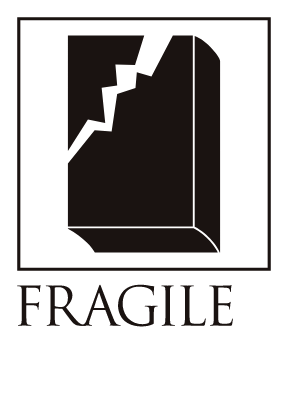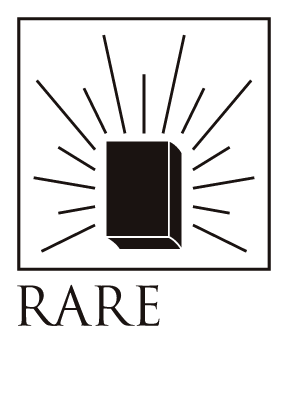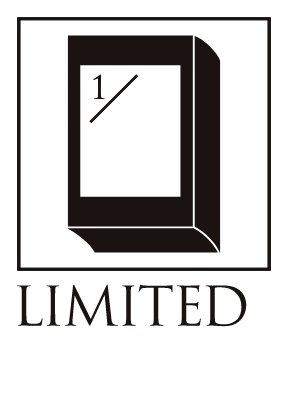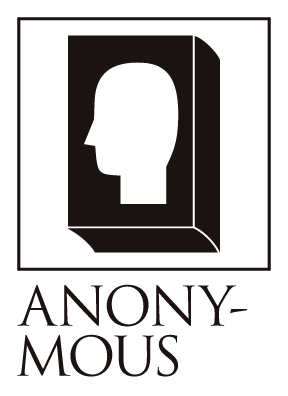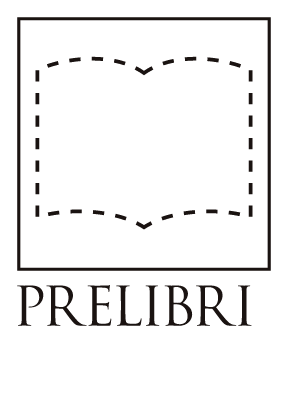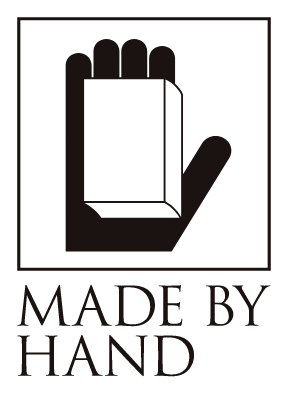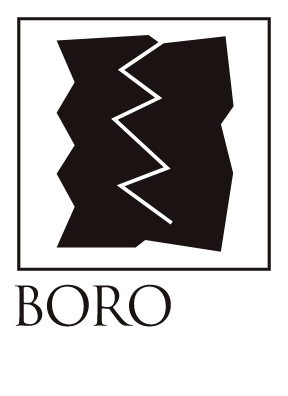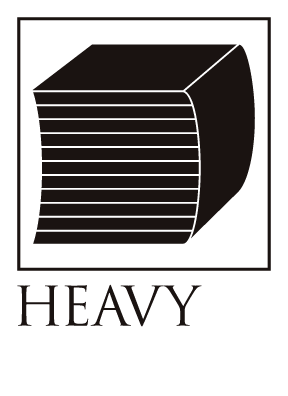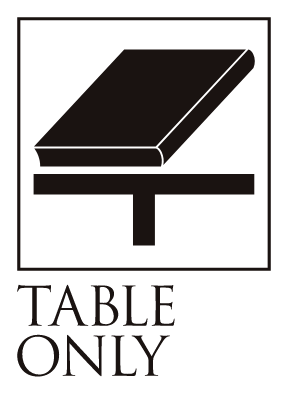Khora (VARIATION-9)
Bibliographic Details
- Title
- Khora (VARIATION-9)
- Artist
- Tatsuhiro Suizu / 水津達大
- Year
- 2025
- Size
- H263 × W188mm (without frame)
- Weight
- 170g (without frame), 530g (with frame) * Weight may vary slightly depending on the panel, but the listed weight reflects the heaviest work. パネルの個体差により多少重さは異なります。表示は重いものを基準にしております。
- Materials
- Aluminum powder, Ink, Japanese paper / アルミニウム、墨、和紙
- Edition
- Unique
After purchase, a sheet signed by Tatsuhiro Suizu will be affixed to the back of the artwork./ ご購入後、水津達大さんのサイン入りの紙を作品裏面に貼付いたします。
Khora (VARIATION-9)
In Khora's series, the brush tip is first lightly touched to the paper with a very minute reverse movement called a "sawari." Starting with a reverse movement, the brush tip is placed down, then pulled back, and finally lifted up from the flat surface. This short brush movement is repeated.
Takashi Hiraide
-
Leaving the world of Japanese painting, Mizutsu Tatsuta is opening up his own world. You can see the original paintings of the 80-piece series "Khora" included in FRAGILE BOOKS' new publication "VARIATION". As poet Takashi Hiraide commented, "For a painter who has begun to paint purely through the act of painting, and for the viewer, painting is an act of placing oneself, dragging oneself around, and then pulling oneself up," this is a new realm for the painter who reaches the landscape without painting it, and only traces of the act of painting shine brightly. All works will be delivered in specially made aluminum frames.
What was the origin of this series of paintings?
First, there was the landscape. As a motif that contains culture and history, painting landscapes was an attractive subject. But gradually, I began to feel restricted by the composition of the picture plane caused by gravity.
--Freedom from gravity, huh?
How can I do this? I searched for my own method through trial and error. I began to seek works that opened up further, from realistic depictions of real scenes to imaginary landscapes.
--So the cracks and blurs are also part of the landscape?
Yes. Originally, Japanese people have found scenery in the surface of tea bowls or in the smudges of ink. It is precisely in these coincidences that transcend human intervention that we have sensed indescribable beauty. If that is the case, then surely it is possible to arrive at a landscape without painting it? That is what I began to think.
--This was a discovery that could have been deadly to you as a painter, but it's impressive that you didn't put down your paint and instead launched "Khora."
The essence of painting is not in the "subject" but in the "way of painting." And if that's the case, then all that remains is the act of painting. That's what I realized.
--In that case, the landscape doesn't need a specific "place."
There is no longer a need to depict a space that originates from a concrete place. I see this trend as a shift from Topos (a concrete landscape) to Khora (a place generated by an action).
-- "Khora," which is also the title of the series of paintings, is a word used by Plato in his cosmological treatise, "Timaeus," and refers to the motherly place from which all things are born.
It is a word that comes from ancient Greek and refers to a state in which the subject and object are undivided. In other words, it is a state in which there is no division between me and the rest of the world, and the subject and object are fused together.
--Like when you're listening to music absentmindedly?
That's right (laughs). In Japan, there is the logic of place of Kitaro Nishida, and there is an essential commonality with Eastern thought. I intuitively felt that there was a pictorial space to tackle there. The only materials I used were aluminum, which has become mass-produced through modernization, and ink, a traditional material of the East. I layered them repeatedly using Chinese brushwork.
--Unintentional ink marks fill every corner of the screen.
The scenery changes in countless ways depending on the viewing angle and the lighting. The state of mind from which one faces it also produces countless variations. These discontinuous variations blend together binary concepts such as East and West, culture and civilization, individuality and wholeness.
--This book, too, underwent numerous changes, resulting in discontinuous variations.
I'm glad that my first collection of works has turned out this way. It's truly a book that feels like a landscape.
Speaker: Tatsuhiro Mizutsu
Interviewer: Osamu Kushida
| <Details> |
![]() Mizutsu Tatsuhiro Tatsuhiro Suizu
Mizutsu Tatsuhiro Tatsuhiro Suizu
Born in Hiroshima Prefecture in 1987. Graduated from the Master's Program in Japanese Painting at the Graduate School of Fine Arts, Tokyo University of the Arts in 2013. Participated in the "National Treasure Ban Dainagon Emaki" reproduction project (2013). Completed the Omine Okukake training pilgrimage (2016, 2018). Major solo exhibitions include "Traces" (Entoku-in, 2025) and "Soyu" (Nihonbashi Mitsukoshi Main Store, 2022).
